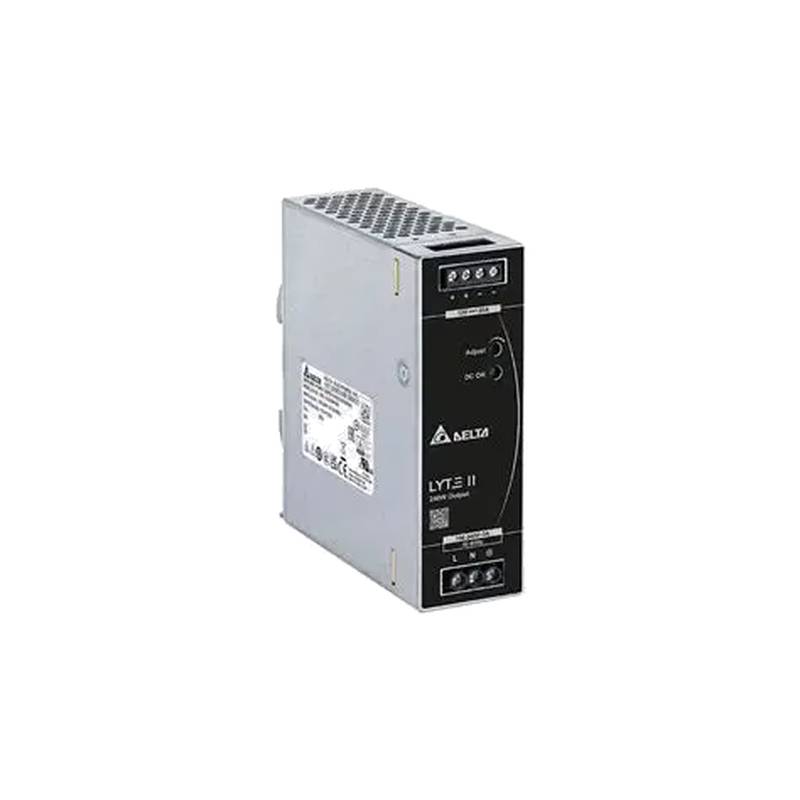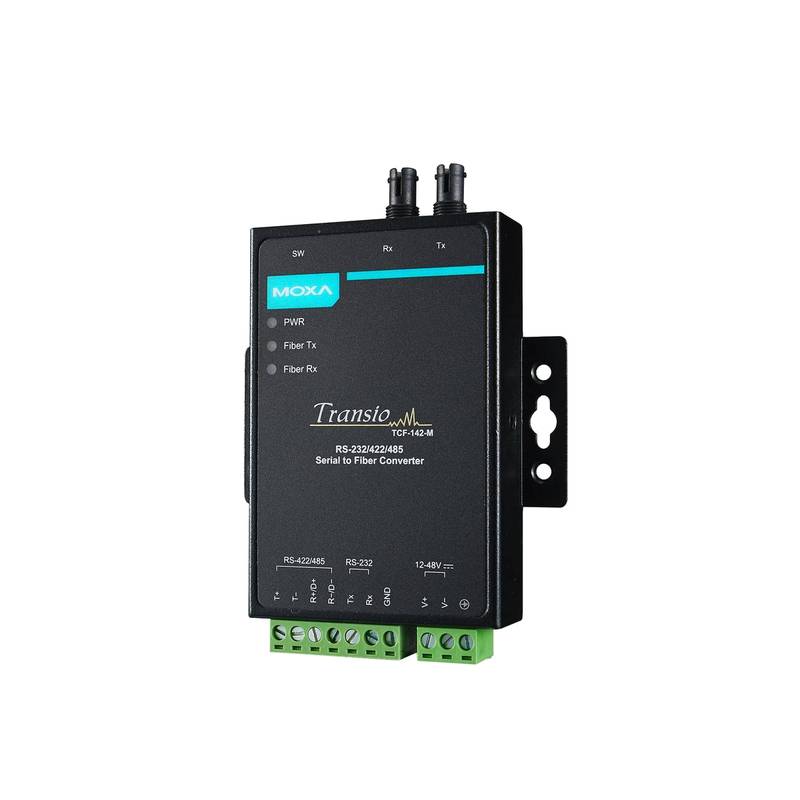
The Siemens 5SN6620-8CN High Power Motor Protection Miniature Circuit Breaker (MCB) is engineered for robust industrial applications, offering superior protection for high-power electric motors. This 3-pole + neutral (3P+N) device, rated at 20A, combines advanced thermal and magnetic tripping mechanisms to safeguard against overcurrents and short circuits, ensuring operational continuity and equipment longevity. Its compact design facilitates easy integration into standard electrical panels, while its high breaking capacity guarantees safety even under fault conditions. The 5SN6620-8CN stands out with its precision tripping characteristics, minimizing nuisance trips while maximizing protection for critical motor loads.
Siemens 5SN6620-8CN: Product Specifications
| Parameter | Specification |
| :---------------------------- | :-------------------------------- |
| Product Type | Miniature Circuit Breaker (MCB) |
| Series | 5SN6 |
| Rated Current (In) | 20 A |
| Number of Poles | 3P + N (Four-pole) |
| Tripping Characteristic | C-curve (typical for motor loads) |
| Rated Breaking Capacity (Icn) | 6 kA |
| Voltage Rating (Ue) | 400V AC |
| Frequency | 50/60 Hz |
| Terminal Type | Screw Terminal |
| Mounting Type | DIN Rail |
| Ambient Temperature Range | -25°C to +55°C |
| Protection Class | IP20 |
| Certifications | IEC, CE |
Core Features & Market Positioning
The Siemens 5SN6620-8CN differentiates itself through its specialized design for high-power motor protection, a segment where reliability and precise tripping are paramount. Unlike general-purpose MCBs, its C-curve characteristic is optimized to handle the higher inrush currents associated with motor startups without premature tripping, while still providing rapid response to dangerous short circuits. This focus on motor-specific protection positions the 5SN6620-8CN as a premium choice for industrial environments demanding maximum uptime and equipment safety. The Siemens brand itself carries significant weight, representing a legacy of quality, innovation, and dependable performance in electrical engineering.
Key Application Scenarios
This 3P+N 20A MCB is ideally suited for protecting motors in a wide array of industrial settings. Common applications include direct-on-line (DOL) starters for centrifugal pumps, fans, compressors, and conveyor systems found in manufacturing plants, water treatment facilities, and material handling operations. Its robust construction and high breaking capacity also make it suitable for motor control centers (MCCs) and distribution boards within heavy industries like mining, petrochemical, and food processing, where reliable operation under demanding conditions is non-negotiable. The 5SN6620-8CN ensures that essential machinery can operate without interruption from nuisance tripping while being adequately protected against catastrophic electrical faults.
Practical System Integration Guidance
Integrating the Siemens 5SN6620-8CN into existing industrial electrical systems is straightforward, leveraging standard DIN rail mounting for quick installation. For optimal performance and safety, ensure the incoming power supply is correctly phased to the three primary poles and the neutral conductor is connected to the dedicated neutral pole. Terminals should be properly torqued to the manufacturer's specifications (typically 2.5-3 Nm for this model) to prevent overheating and ensure a secure connection. Wiring should comply with local electrical codes and standards, using conductors of appropriate gauge for the 20A rating. Before energizing, a thorough visual inspection and continuity test are recommended.
Operation and Risk Mitigation
The 5SN6620-8CN operates by continuously monitoring the current flowing through the motor circuit. Its thermal element responds to sustained overloads by gradually heating and tripping the breaker, protecting the motor from damage due to prolonged excessive current. The magnetic element provides instantaneous tripping in the event of a severe short circuit, rapidly interrupting the power flow to prevent extensive damage to wiring and equipment. To mitigate risks, always ensure the MCB is correctly rated for the motor's full load current and starting characteristics. Regular inspection of terminals for signs of heat or corrosion, and periodic testing of the tripping mechanism, are crucial for maintaining operational safety.
Scalability & Long-Term Value
While the 5SN6620-8CN is a standalone protection device, its value extends through Siemens' comprehensive industrial automation ecosystem. It offers seamless compatibility with other Siemens components, such as contactors, overload relays, and intelligent motor management systems, enabling the creation of scalable motor control solutions. For facilities embracing Industry 4.0, integrating this MCB into a smart distribution board allows for remote monitoring and diagnostics when paired with appropriate communication modules, providing data for predictive maintenance and energy efficiency analysis. This forward-compatibility ensures that investments in Siemens protection devices retain their value as digital transformation progresses.
Frequently Asked Questions
What is the primary function of the Siemens 5SN6620-8CN?
The Siemens 5SN6620-8CN is an industrial MCB designed for high-power motor protection. It safeguards electric motors from overcurrents and short circuits.
This device ensures operational safety and equipment longevity. It employs precise thermal and magnetic tripping mechanisms.
Its C-curve characteristic is optimized for motor inrush currents. This minimizes nuisance tripping while ensuring fault protection.
Can the 5SN6620-8CN be used for general lighting circuits?
While technically possible, it is not its intended application. The 5SN6620-8CN is optimized for motor start-up characteristics.
Using a motor-specific MCB for lighting may lead to over-protection or suboptimal performance. General-purpose MCBs are better suited for lighting loads.
For lighting circuits, consider MCBs with B or C curve characteristics as appropriate. Always adhere to local electrical codes.
What is the meaning of "3P+N" on the Siemens 5SN6620-8CN?
"3P+N" signifies a four-pole device: three poles for the power conductors and one pole for the neutral conductor. This is crucial for three-phase motors that utilize a neutral connection.
This configuration provides protection and isolation for all power conductors and the neutral line. It is common in industrial settings for balanced three-phase loads.
The inclusion of the neutral pole ensures complete circuit protection and facilitates single-phase loads if needed from the same panel.
How do I determine if the 20A rating is sufficient for my motor?
Consult your motor's nameplate for its Full Load Amperes (FLA) rating. The 20A rating of the MCB should generally be higher than the motor's FLA.
Consider the motor's starting current (inrush current) which is significantly higher than its running current. The C-curve helps accommodate this.
Refer to motor protection guidelines and local electrical codes for precise sizing. Oversizing can compromise protection; undersizing risks nuisance tripping.
What is the breaking capacity (Icn) of the 5SN6620-8CN, and why is it important?
The Siemens 5SN6620-8CN has a breaking capacity of 6 kA. This is the maximum fault current it can interrupt safely without sustaining damage.
A higher breaking capacity is vital in industrial environments where fault currents can be substantial. It ensures the MCB can safely clear a short circuit.
Choosing an MCB with adequate breaking capacity prevents catastrophic failure during a fault, protecting personnel and downstream equipment.
What are the advantages of a C-curve tripping characteristic for motor protection?
A C-curve characteristic allows for higher inrush currents during motor start-up compared to a B-curve. This prevents nuisance tripping when the motor initially powers on.
It provides a balance between accommodating motor starting surges and offering rapid protection against short circuits. This makes it ideal for inductive loads like motors.
While it handles inrush well, it is still sensitive enough to trip quickly on short circuit faults, ensuring safety.
Can I use the 5SN6620-8CN in extreme temperature conditions?
The specified operating temperature range for the 5SN6620-8CN is -25°C to +55°C. Operation outside this range may affect performance and lifespan.
Extreme cold can affect the mechanical operation of the tripping mechanism. High temperatures can impact the thermal tripping element's accuracy.
Ensure the installation environment stays within these limits or consider enclosures with temperature control for protection.
How is the 5SN6620-8CN installed onto a DIN rail?
Installation is straightforward; simply hook the back of the MCB onto the top edge of a standard 35mm DIN rail. Then, push down firmly on the bottom until it clicks into place.
Ensure the DIN rail is securely mounted and properly grounded. The MCB should sit flush and stable on the rail before wiring.
After installation, perform visual checks and electrical tests to confirm correct seating and connectivity before energizing the circuit.
What is the role of the neutral pole in a 3P+N MCB?
The neutral pole in a 3P+N MCB provides protection and isolation for the neutral conductor in a three-phase system. This is essential for balanced three-phase loads where a neutral connection is utilized.
It ensures that the neutral line is also disconnected when the breaker trips, contributing to overall circuit safety and preventing potential hazards.
In some industrial setups, the neutral pole can also facilitate single-phase circuits derived from the three-phase supply, offering versatility.
Does the Siemens 5SN6620-8CN support remote monitoring or smart grid integration?
The standard 5SN6620-8CN is a mechanical circuit breaker and does not inherently offer remote monitoring. It requires supplementary devices for such capabilities.
To achieve smart grid integration or remote monitoring, it can be paired with Siemens' intelligent motor management systems or communication modules. These devices connect to the MCB or its associated components.
Such integrated solutions allow for data acquisition on current, voltage, and trip events, enabling remote control and predictive maintenance in IIoT environments.























